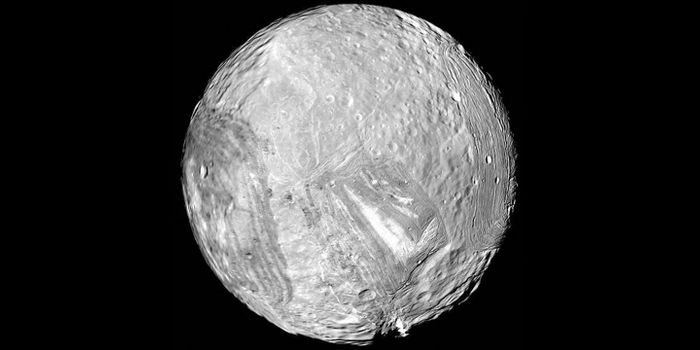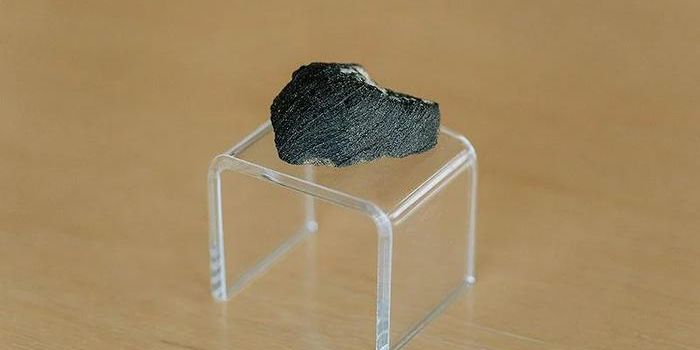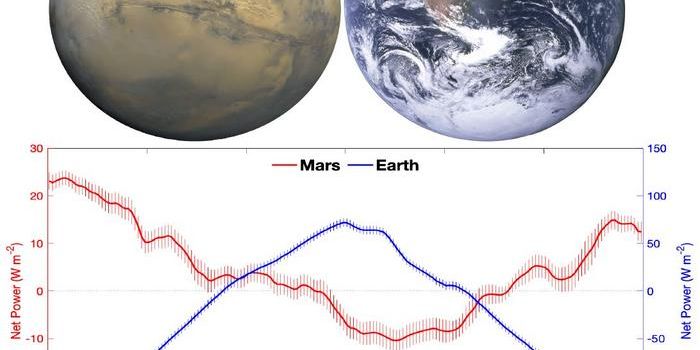The Future (and Ethics) of Giant Telescopes
The fate of giant telescopes hangs in the balance as this decade comes to an end. Every ten years, hence the name "decadal,” the National Academy of Sciences, Engineering, and Medicine conducts a census for astronomy, deciding which projects will take priority in the coming years. The current survey’s period ends in 2022, so a new decadal survey is underway for the 2023-2032 period.
The decadal survey is the basis of most decisions made by NASA, the White House, Congress, and the greater scientific community, but it is not the final word. It functions similar to the U.S. census, providing a collection of data and recommendations for related policy.
The upcoming decadal survey will most likely determine the futures of two large telescopes: the Giant Magellan Telescope (GMT) and the Thirty Meter Telescope (TMT). Both telescopes are struggling, and there is a proposal by the NSF to provide a 1.8-billion-dollar bailout in exchange for guaranteed observation time on the telescope. The question then becomes whether or not the decadal survey will recommend this plan or vote in favor of other projects.
While the 2000 decadal survey rated the TMT the U.S.’s number one priority out of all ground-based projects, the 2010 survey had moved the giant telescopes lower down the list. Federal involvement in the construction of the telescopes halted, and since then, the GMT and TMT have been trying to raise funds privately. While the TMT and GMT were working separately before, the new proposal for the decadal has brought them together, allowing U.S. astronomers at least 25% of observation time on the telescopes.
There are many factors to consider in this proposal. For one, a seal of approval from the decadal would give U.S. astronomers an advantage over European astronomers. 30-meter telescopes like the TMT are also the future of light telescopes— they simply allow greater visibility to undiscovered areas of the universe. Other astronomers argue that mirror telescopes might send scientists down a spiral to build larger telescopes, like the next generation Very Large Array radio telescope project, a continent-wide network of 263 dishes. Some scientists even propose that the future of telescopes lies in the past with upgrades of older versions.
Ethically, there are concerns as well. The TMT has faced steadfast opposition from indigenous Hawai’ians, who oppose the building of the TMT on the sacred land of Mauna Kea. Because Mauna Kea is one of the best locations globally for stargazing, are already 13 telescopes built on the mountain top, and the TMT would be the 14th. Native Hawaiian Kailee Yoshimura explains that the proposed location of the TMT would disrupt a sacred space known as the Wao Akua (the realm of the creator). Hawaiian people “rarely entered this area out of respect for their ancestors and gods,” she writes.
The 2023-2032 decadal survey is set to come out this month, and it’s important to remember that the recommendations outlined in the survey are simply guidelines. The decadal survey’s influence can shape policy for the next ten years, and so it’s also imperative for scientists to be mindful of our impact on the communities around us. Providing funding for these giant telescopes might provide incredible insights about the night sky, but at what cost to the people on the ground?
Sources: The Planetary Society, Science, Massive Science








